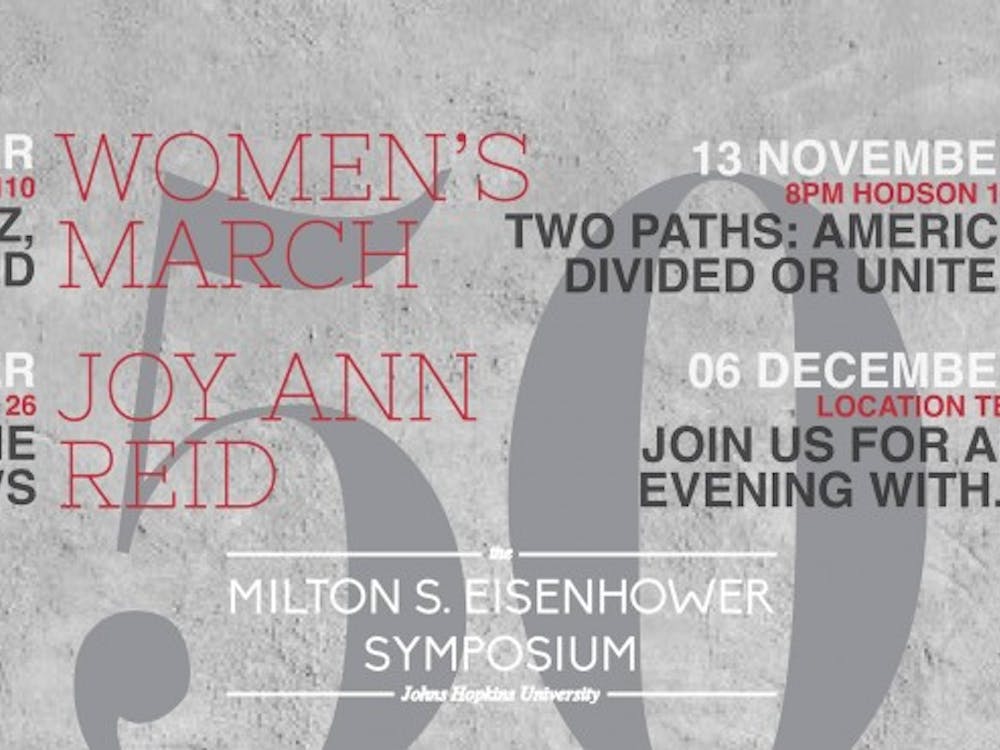A Visit from the Goon Squad by Jennifer Egan
Review by Kellen McGee
Egan’s 2010 work is an innovative point-of-view collage that comes with a rock soundtrack. Set in the California-New York rock scene over a few decades’ time, the chapters feature a loosely-related cast of characters traversing the thrilling highs and heartbreaking lows of their careers in and around the music industry.
Initially published serially The New Yorker and Harper’s, each chapter begins in a new voice, speaking from a new time and place. Reading Goon Squad thus feels like solving a delightful succession of detective puzzles. The book opens with a chapter from the point of view of a rock-executive’s assistant, Sasha, as she struggles with her kleptomania. The next chapter finds us in the head of the successful but declining rock-executive, Bennie, as he sprinkles gold flakes in his coffee to try reviving his libido. Bennie, disillusioned by the music industry’s “digital holocaust” hates the music he is forced to distribute, and reminisces about his gritty, garage-band youth in California. Then, the next chapter rockets back in time to the perspective of one of his old band member’s girlfriends. One of the most striking chapters features the second-person narration of a vague friend of the band who turns out to be suicidal.
Where this structure threatens to add to the self-centered cacophony that has been the hallmark of many postmodern works, Egan’s subtlety as a writer pushes the import of this work beyond postmodern noise. It is emblematic of Egan’s skill that a seemingly gimmick-y chapter written entirely in PowerPoint slides is actually one of the most sensitive of them all. Egan’s many assumed voices always ring true, but circumstances in which her characters find themselves are sometimes distractingly contrived.
One particular scenario descends into farce: one chapter comes from the point of view of a publicist, struggling to make ends meet by humanizing “General B”, likened to Qaddafi, to win American sympathy and end the alleged CIA assassination attempts on his life. The publicist, Dolly, has fallen to this level because, in her former position as richly-connected publicist in New York, she organized an ill-fated party in which the lava-lamp like decorations unexpectedly melted and dripped burning oil on attendees’ famous faces. Having lost the ensuing lawsuit, Dolly was banished to reflect on the melting point of plastic, somehow keep her daughter in a private school, and reconcile the fact that her paycheck now comes from someone responsible for genocide. In a positive light, the intrusion of obvious fiction may strike some as a caricature of the fictionality of life. If so, the unbelievable bits function as a tragedian’s mask: clearly fake, but designed to enhance the audience’s cathartic experience. Yet, this approach is startlingly out of tune with the rest of the book, and this reviewer finds it out of place.
The last chapter adds to this atonality. Egan, who has shown herself to be so skilled in the here and now of realistic storytelling, tries her hand at constructing a chapter in the dystopian future. Unfortunately, this merely reveals her as a thoroughly amateur sci-fi writer. Little original cultural introspection is suggested by an otherwise brilliant girl, Lulu, who, in a face-to-face meeting, requests to “T” someone via their “handset,” “because [she] just gets tired of talking.” This leads to a simple re-cast of Orwellian Newspeak: Nvr met my dad. Dyd b4 I ws brn. The receiver, Alex, responds, “Wow, I’m sorry” but, finding the speech “a coarse intrusion” he follows his comment with a T: Sad, to which Lulu (still standing next to him) responds, Ancnt hstry. This idea and others that Egan explores in the final chapter are as sound as the rest, but her sci-fi approach is too cliché, and calls to mind the bleating of an older (Egan’s?) generation terrified of the cultural implications of IM and “lol”.
In facing the end of his own career, Bennie confronts an aging rocker with the pep-talk: “Time’s a goon, right? You gonna let that goon push you around?” Yet, by the end of Goon Squad, it is clear that that getting pushed around by time, chance, and opportunity is all anyone can do. Time is most dangerous when it threatens the characters with the reality that they have simply run out of time to make up for the mistakes and disappointments in their lives. As she signs off, however, Egan cultivates a little hope as she reminds readers that there still is an answer to the goon, time, but that that answer must be found by one’s children, who haven’t yet made life-choices, and whose endings have not yet been written. As one character puts it:
if thr r children, thr mst a fUtr, rt?




